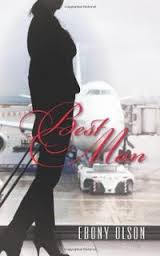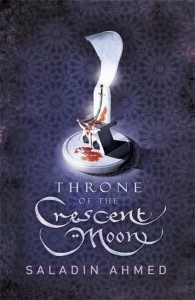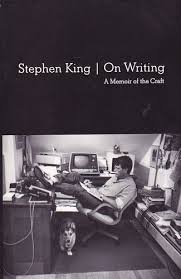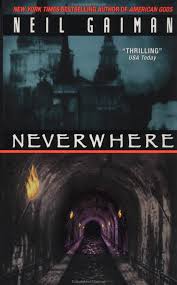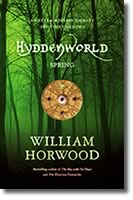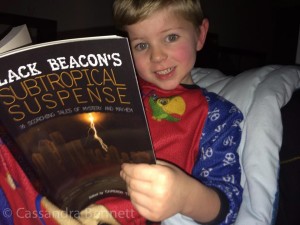
It’s the most humbling experience to have people you come out to support you, either by buying your book or reading and telling you how they’ve loved what you’ve written. I’m so pleased to see how many people have a copy of Subtropical Suspense, and are helping share the love for a great Australian anthology and initiative from Cameron Trost at Black Beacon Books.
Many friends have not finished reading the whole book yet, and have faithfully promised me that they are going to review it when they do, but have sped straight to the story by me (as the person they know), and I’ve had some lovely feedback, which I’m going to share with you now.
“It reminded me of Alfred Hitchcock presents.” Paraphrased from my friend John Duggan and my favourite feedback yet.
“I loved it.” Cassie Bennett.
“I really enjoyed Linda Brucesmith’s and Sophie Yorkston’s stories.” Helen Stubbs, a fellow Australian writer also published in Subtropical Suspense, from an interview for The Australian Spec Fic Snapshot (a great initiative that you can read about here).
“I enjoyed it very much.” My darling mother.
“As good as any story published in The Argosy’s, Suspense.” Paraphrased from my grandfather, Tom Yorkston (I understand this is high praise).
Before you get any ideas about how easy it is to win praise from any of the above readers, I will say for my family that my grandfather is an avid reader, and has been giving me books on grammar and fine-tuned writing technique for many years. My mother has (at least part of) a degree in arts and produced professional content for an Australian state government department.
Otherwise, there’s been a great review of the whole book by Frank Errington over at Goodreads, and through the Queensland press (here are some articles from The Brisbane Times and The Courier Mail’s Extra.)
If you’re interested in the anthology, there’s several places you can pick up a copy in Brisbane:
- Black Cat Books, Upper LaTrobe, Paddington
- Riverbend Books, Bulimba
- Pulp Fiction in the CBD
- Avid Bookshop, West End
For my friends who wanted to know when you could get it online, you can order from Createspace (who ship really quickly by the way) or as an ebook (for the cheapy-cheap price of $3.99).
My own review of the book will be coming very soon, and I’ll make sure I share it around. Remember, help get publicity for local work and it can only grow from there.
Lastly, I want to thank everyone for supporting Subtropical Suspense (and local bookstores and publishing companies), either for me or as it’s a local Aussie initiative. It’s so great to see the groundswell, and I love to hear people talking about the book and my story. So thank you to everyone who’s sought me out to tell me what they think. Can’t tell you what it means to me that you’re keen to read my work.

